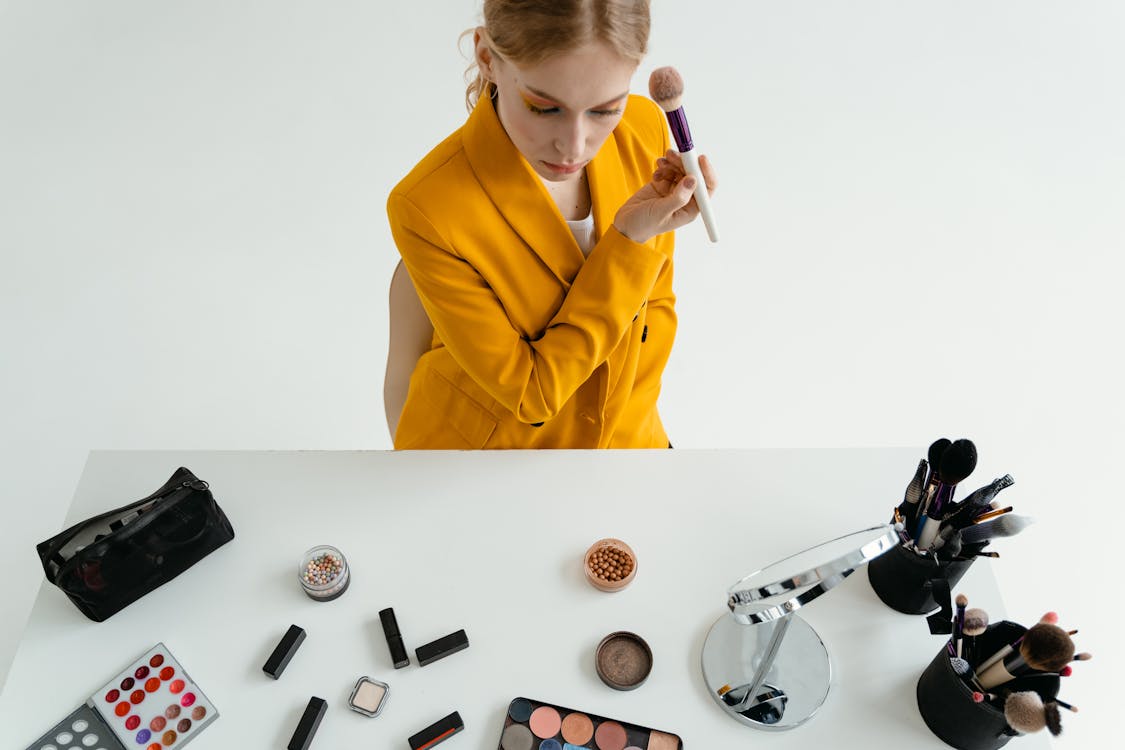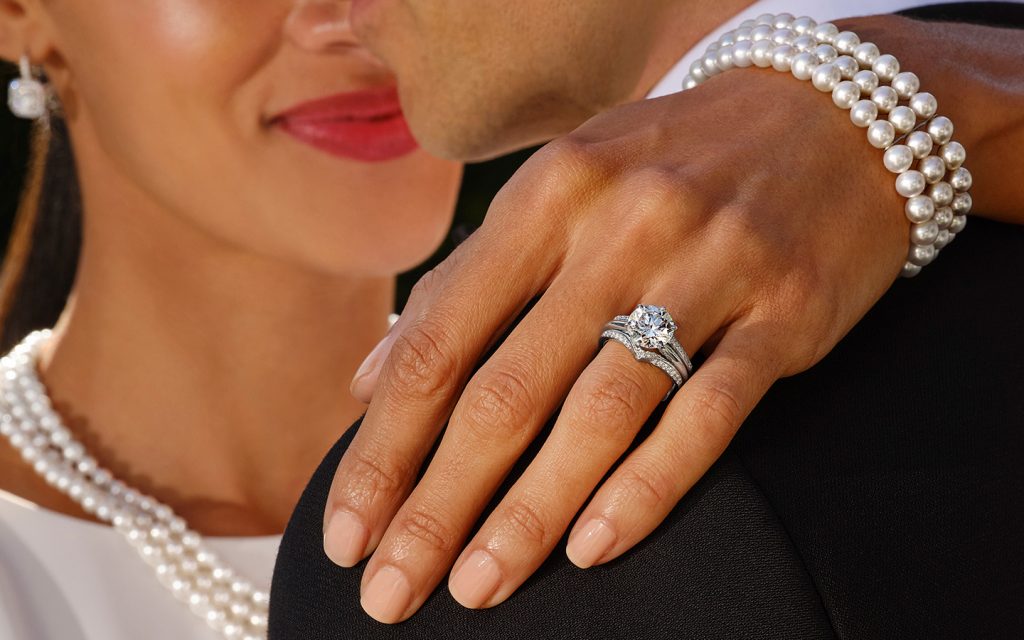
In recent years, consumers and medical professionals have started worrying about the health effects of talcum powder. Most personal care items contain this ingredient, so it is important to learn about its risks and look into alternatives.
This article provides information about the origin of talcum powder, its potential health risks, and ways to avoid harmful cosmetics. Let us begin!
Table of Contents
Understanding Talcum Powder: What Is It, And Why Is It Used In Cosmetics?
Talcum powder is used in a wide variety of beauty and hygiene products. Soft and white talc powder is made from magnesium, silicon, and oxygen. Moreover, talc’s moisture-absorbing and silky feel make it a beauty staple. It’s essentially present in baby powder, body, facial, foot, eyeshadow, blush, and makeup powders.
Ancient cultures, including the Egyptians, have used talcum powder for beauty and fragrance purposes. The ancient Greeks and Romans used it, too, because they thought it could cure illness.
In recent times, there have been concerns raised about the safety of talcum powder. Research suggests that using talcum powder in the genital region may increase a woman’s risk of developing ovarian cancer. Due to the lack of conclusive evidence, more study is required to fully comprehend potential dangers.
Some manufacturers have discontinued talc or introduced talc-free alternatives due to this backlash. Some countries even banned talcum powder in products. However, Talcum powder is still used in cosmetics and personal care products because it absorbs moisture and feels silky.
A Brief History Of Talcum Powder Lawsuits
In recent years, thousands of women have sued talcum powder manufacturers for causing ovarian cancer. In 2009, ovarian cancer patient Diane Berg filed the first talcum powder lawsuit. Berg claimed that Johnson & Johnson’s baby powder’s talc caused her ovarian cancer after 30 years of use. Johnson & Johnson was acquitted in 2013 after a lengthy trial.
In 2016, Johnson & Johnson awarded $72 million to the family of longtime talcum powder user Jacqueline Fox, who died of ovarian cancer. In 2018, a jury found that Johnson & Johnson’s talcum powder caused 22 women’s ovarian cancers. The company was then fined $4.69 billion.
Moreover, talcum powder manufacturers have faced mesothelioma and ovarian cancer lawsuits. Talc contains asbestos, which causes mesothelioma. Due to litigation, some talcum powder manufacturers have introduced talc-free alternatives.
Recent years have seen an increase in Talcum powder lawsuits due to the prevalence of country-specific bans on the ingredient. Moreover, the Talcum Powder Lawsuit Update includes recent settlements reached by talcum powder manufacturers and ongoing developments in the litigation.
TorHoerman Law, LLC is a law firm that has been involved in talcum powder litigation. The firm has secured over $4 billion in compensation for people who have been harmed by talcum powder products. It provides assistance to individuals in navigating the legal process and pursuing compensation for their injuries.
Recent Developments In Talcum Powder Litigation
The talcum powder litigation’s biggest recent development was Johnson & Johnson’s October 2021 payout. The company settled thousands of talcum powder lawsuits for $4 billion in one of the largest mass tort litigations in U.S. history. The $4 billion settlement will go to existing and potential claimants.
More cases are being filed alleging that talcum powder caused mesothelioma, a cancer of the lungs and other organs. Johnson & Johnson recalled one batch of baby powder in 2019 after the FDA found trace amounts of asbestos.
Recently, new findings have linked talcum powder to cancer. But the 2020 Journal of Occupational and Environmental Medicine study found no link between talcum powder and ovarian cancer. Despite the need for more research, talcum powder’s well-being will likely be debated.
Conclusion: How To Avoid Potentially Harmful Ingredients In Cosmetics
Avoiding harmful ingredients makes navigating the cosmetics aisle difficult. Take these precautions to protect yourself and your family:
- Research ingredients: Watch for talcum powder, parabens, phthalates, and synthetic fragrances, which are known to cause controversy.
- Read Labels Carefully: Before making a purchase, always check the cosmetics’ labels. Take note of any certifications or seals indicating safety, such as “talc-free,” “paraben-free,” or “cruelty-free,” and look for ingredients you wish to avoid.
- Prioritize Reputable Brands: Always look for cosmetics from reputable companies that put consumer health and transparency first. Look into their manufacturing procedures, ingredients, and safety standards. One good starting point is to search among businesses that aim to produce safer, more natural products.
- Consult Reliable Sources: Keep up with the most recent studies and cosmetics-related news. Useful information on potentially harmful ingredients and safer alternatives can be found on websites like the Environmental Working Group’s (EWG) Skin Deep database and the Campaign for Safe Cosmetics.
- Use Mobile Apps: To quickly and easily learn about a product’s ingredients and safety ratings, download an app like EWG’s Healthy Living and scan the barcode. When looking for new makeup, these apps can be a lifesaver.
- Reach Out to Manufacturers: Contact the manufacturer with ingredient inquiries. Many companies have established lines of communication specifically for customers to voice their concerns and receive answers.
- Start Small and Patch Test: Always use a small amount of a new product and do a patch test on a hidden part of your skin before fully committing to it. You can test the product out on a small scale first to see if it causes any allergic reactions or sensitivities.
In addition to helping yourself avoid potentially dangerous cosmetics, you’ll be doing your part to make the beauty industry safer by following these guidelines. Keep yourself educated, read labels, and always put your safety first when it comes to cosmetics.








